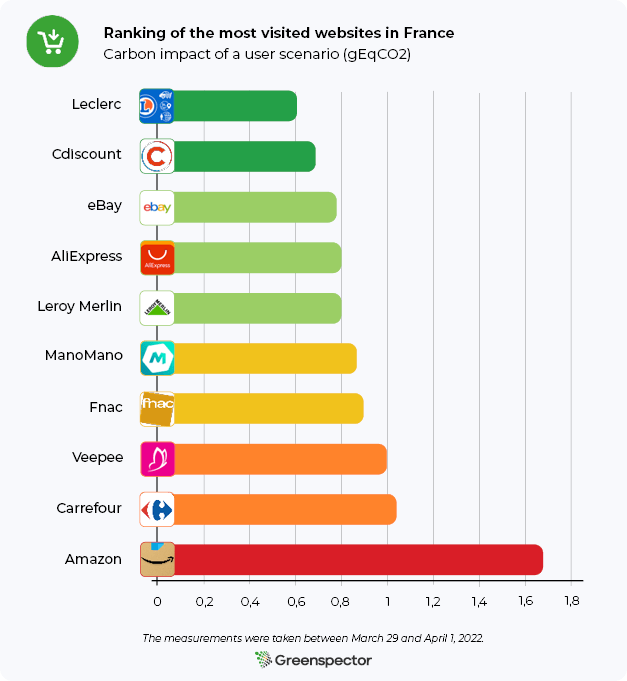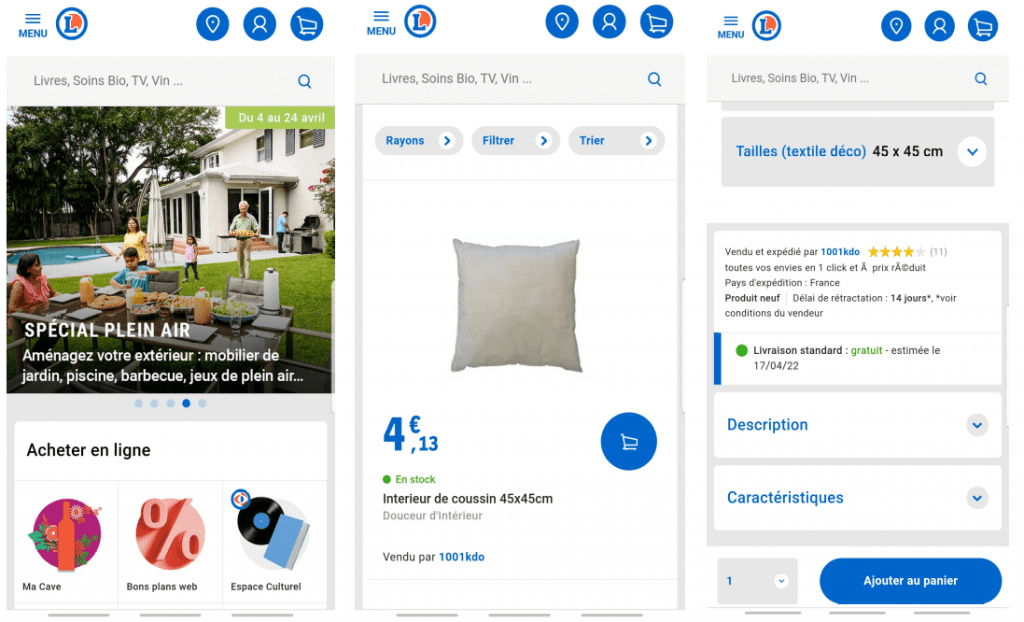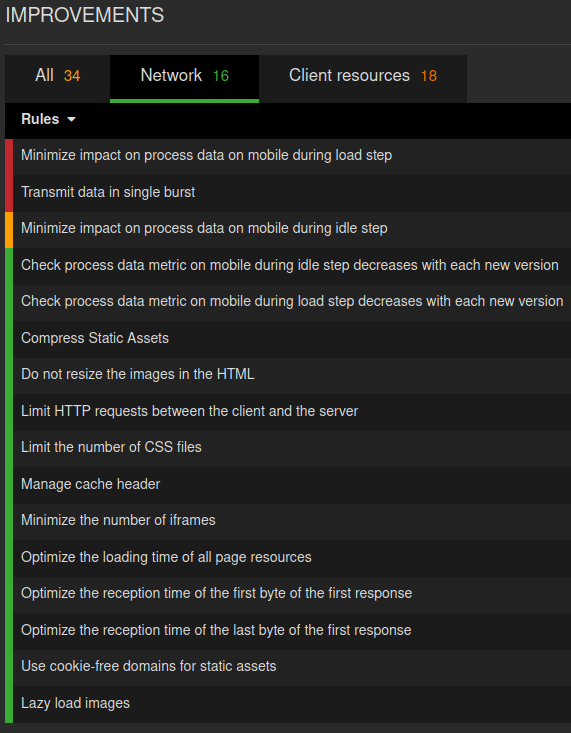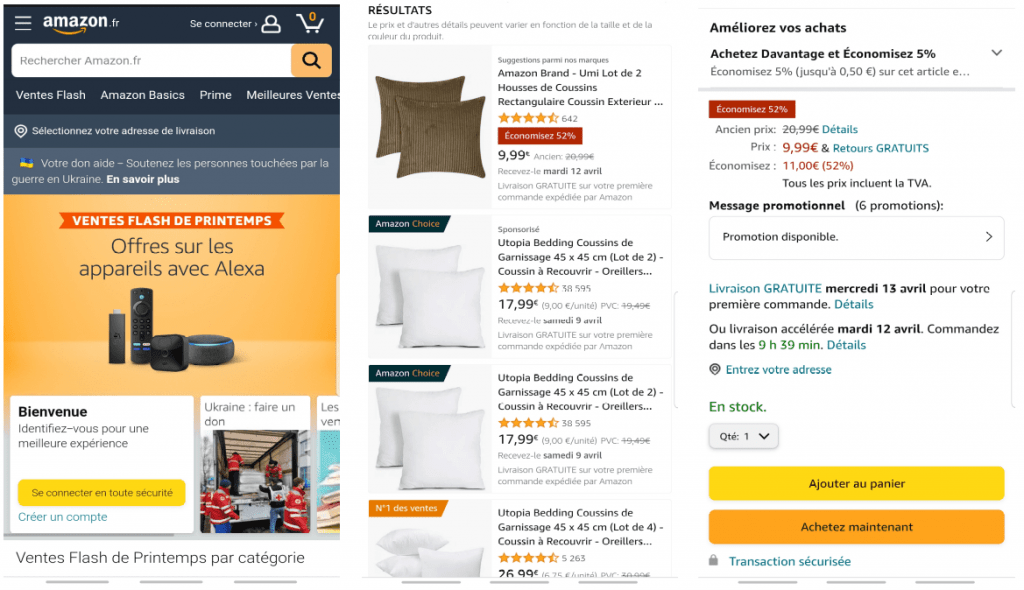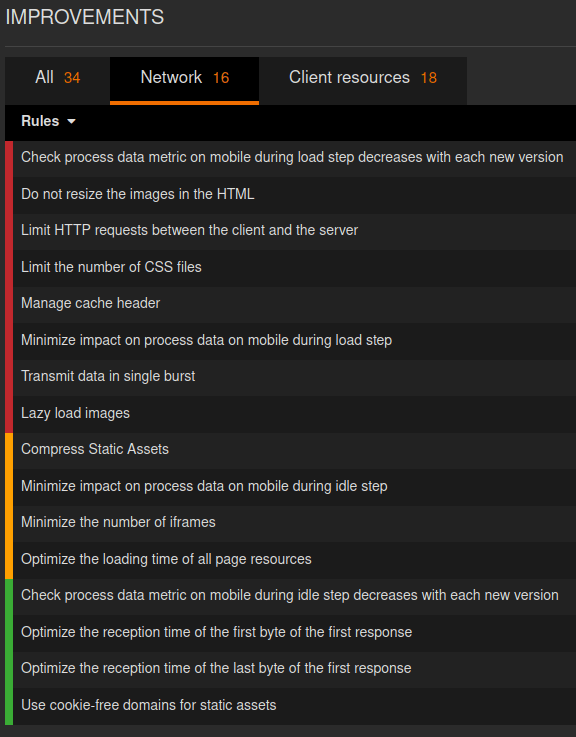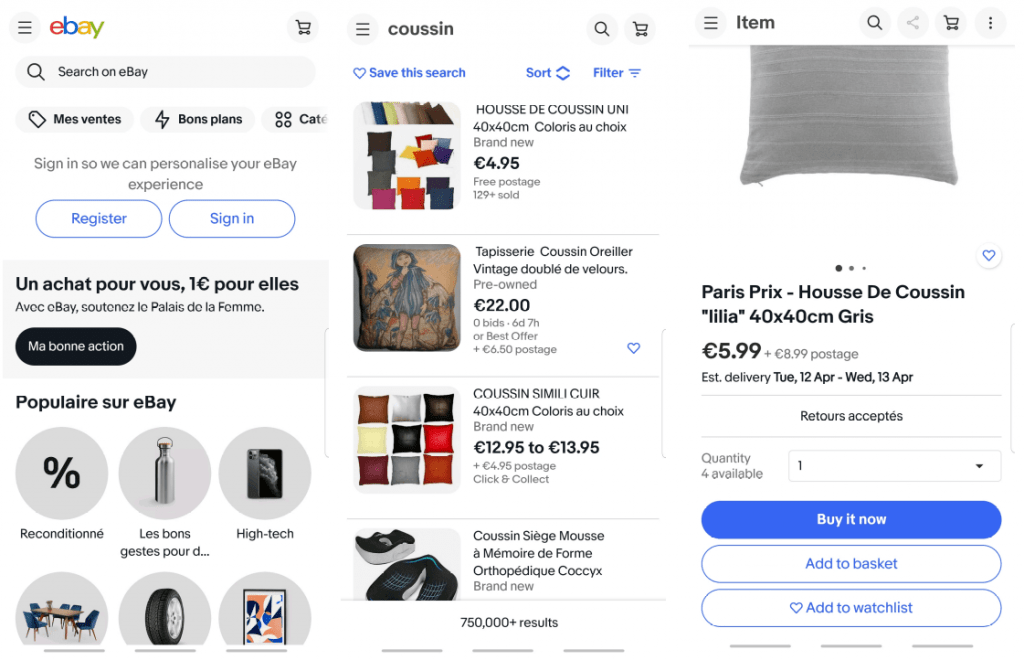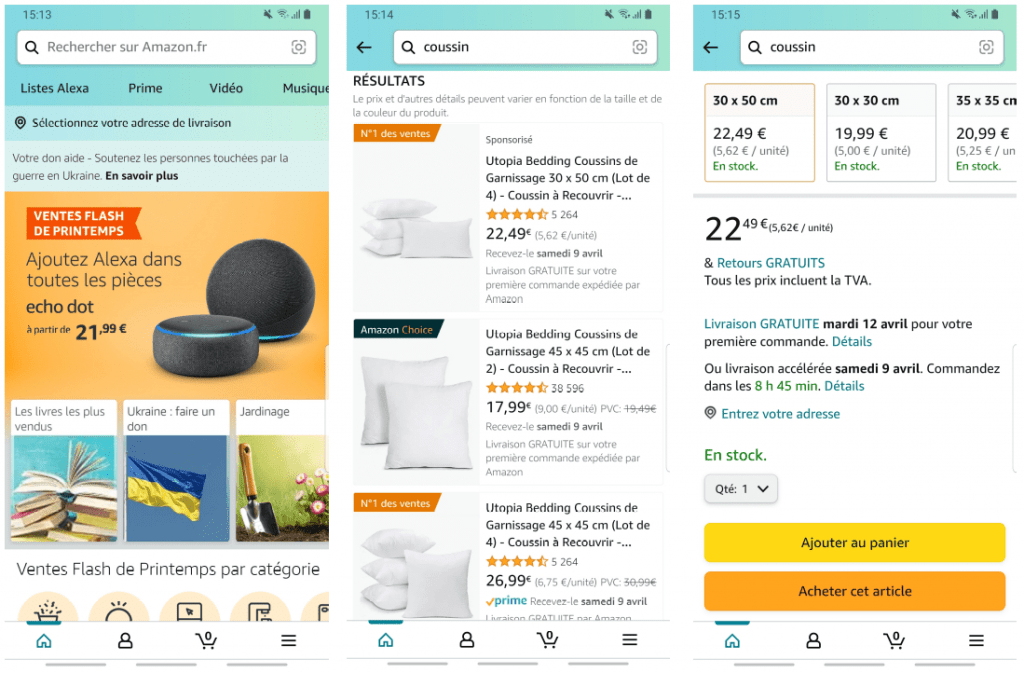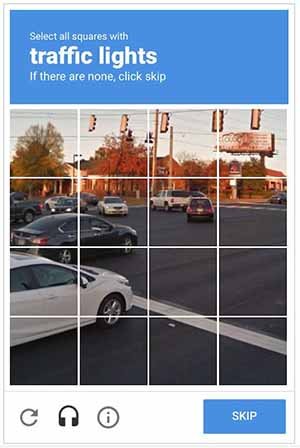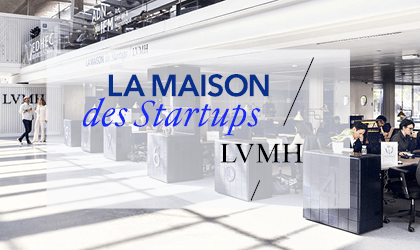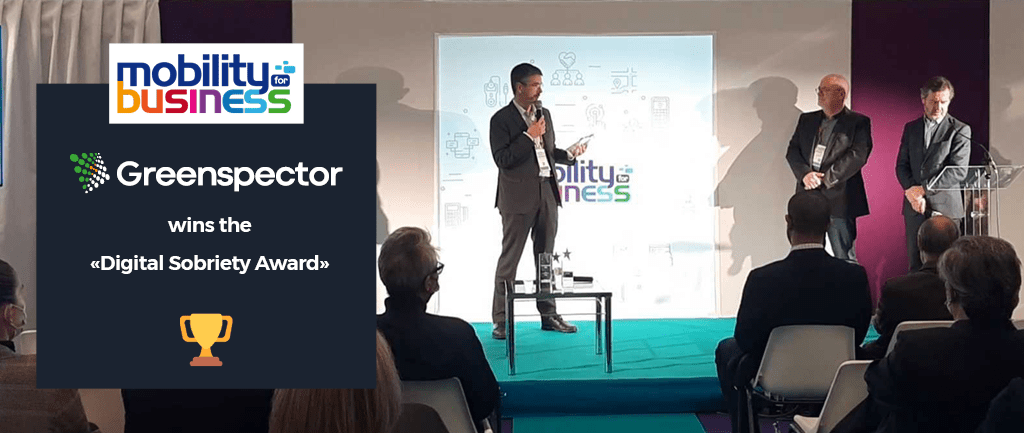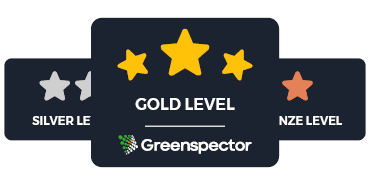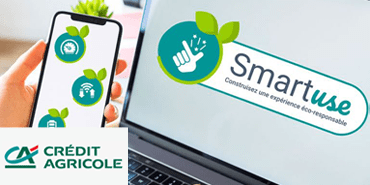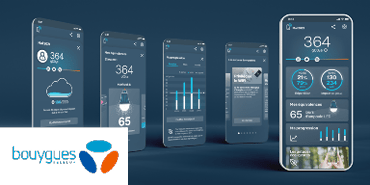Catch us at the SNCF Village at Viva Technology on June 17 and 18, 2022
Greenspector will be present for the fourth time at the Viva Technology 2022 event on June 15 and 16, within the SNCF Village. We are proud to have been selected by SNCF, one of the event’s partners.
With more than 26,000 participants in person, 114,000 online, 8,000 startups and 149 countries represented, Viva Technology is the unmissable digital innovation event for startups and investors. The Orange Lab is part of the event’s DNA. It is a place of exchange, innovation and meetings between industries and startups.
After the 2018 edition, an opportunity for us is to present our digital services sobriety solution and its benefits in terms of performance, user experience, and reduction of environmental impact. We will also present our Digital Sobriety Certificate. The Digital Sobriety Certificate allows you to verify, evaluate and certify the sobriety of your applications and websites.
The SNCF conference program in collaboration with Greenspector:
- Reducing the digital carbon footprint – Saturday, June 18 at 10:15 a.m.
Speakers: Mellie LAROQUE and Thomas CORVAISIER
– The SNCF Connect teams worked with Greenspector to measure and reduce the CO2 emissions of one of the leading e-commerce sites in France. They will present their approach and the results obtained.
- Cosmo or an eco-responsible project thought out from start to finish – Friday, June 17 at 9:30 a.m.
Speakers: Laurent JUVÉ and Thomas CORVAISIER
– COSMO (COntrôle et Service en MOBILité) is the tool for boarding at the station and for control and regularization on board. It consists of mobile devices (smartphone, mPOS and printer) and several Android applications. Throughout the project, its managers sought to integrate the principles of eco-design. A look back at a great use case: from purchasing to responsible software development.
Thomas CORVAISIER, CEO of Greenspector “We are delighted with this invitation to Vivatech. It will be an opportunity to highlight the collaborations between SNCF and Greenspector for a more responsible digital. For several years, we have been supporting SNCF Voyageurs (application and on-board control equipment), SNCF Réseau (business applications and terminals for field agents), CRM Services (websites and mobile applications), and more recently SNCF Connect&Tech in the overhaul of the well-known application. The SNCF is committed to more responsible digital technology, and we are proud to help it along this path.”
Meet us on-site at booth D09-035, from Friday 17 to Saturday 18 June. We will answer all your questions. Contact us now to schedule an appointment. Are you a partner of the event and want to assess the environmental footprint of your digital service? Contact us.



